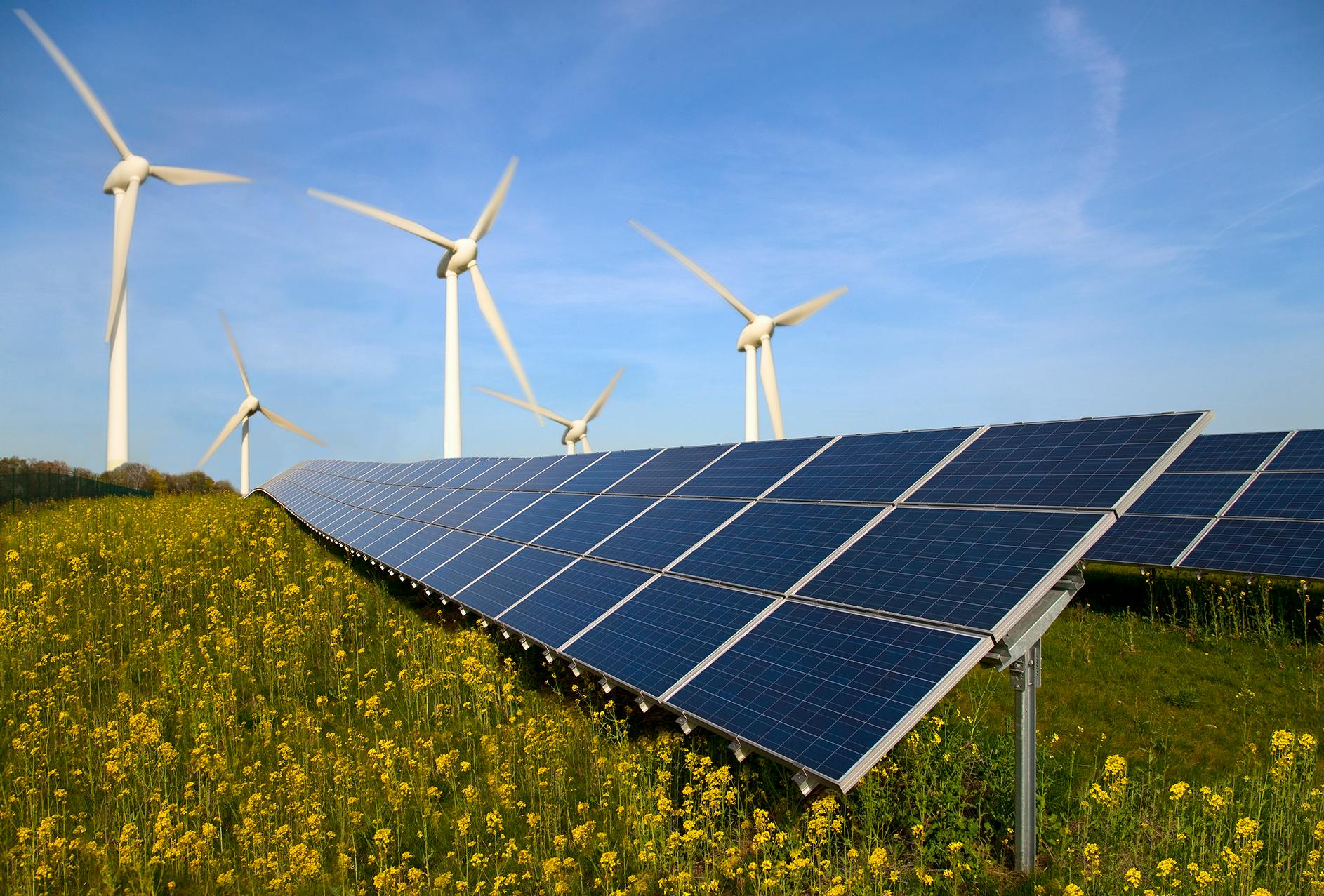Take two global trends—renewable energy and the ongoing fascination with blockchain technology—mash them together, and a new energy paradigm will emerge. Or perhaps the next tech train wreck. Scores of startup companies and veterans from the venture capital sector are betting on the former, in the belief that renewable energy producers and consumers are hungry for change. At stake is the $2 trillion global electricity market, with its highly centralized plants and vast infrastructure, which some experts contend is due for an overhaul.
In the past, public-private partnerships between utility companies and governments ensured that electricity was a dependable source of energy for billions of consumers hooked to the grid. However, cracks in that system began to appear over a decade ago, after the California energy crisis revealed huge gaps in supply and demand due to poor planning and market manipulations. The subsequent Fukushima nuclear disaster and Puerto Rico’s ongoing energy woes clearly demonstrate that bigger is not necessarily better when it comes to resilience under stress.
In an era when increasing numbers of homeowners and companies are generating their own power via solar and wind, a growing chorus of technologists see an opportunity. Possibilities range from community-based microgrids to large-scale exchanges designed to balance the energy load, as well as platforms that encourage people to reduce their carbon footprint.
The bridge to this future, technologists say, is the blockchain. In its most basic form, a blockchain is a giant digital ledger that records transactions. The records aren’t stored in any one place, but across independent computers, which can be anywhere in the world. Advocates of blockchain technology believe the ledger is permanent and nearly impossible to hack. Startups want to harness that technology to disrupt the energy sector. The Energy Futures Initiative, a think tank led by Ernest Moniz, who served as U.S. Energy Secretary under President Obama, estimates that between $100 million to $300 million has been invested in over 100 blockchain-related energy ventures.
“Most people don’t associate blockchain technology with clean energy assets like solar power,” says Michael Ashley, an executive with the Clean Energy Blockchain Network (CEBN), an offshoot of the nonprofit organization Helpanswers. He and his team want to ease the administrative overhead associated with reporting to the California Air Resources Board.
In 2007, the state of California set aggressive goals for the reduction of greenhouse gas emissions (GHGs), from what were near-record levels at the time to pre-1990 levels. One of the more vexing problems in achieving this goal is transportation, which remains the single largest source of GHGs in the state.
To encourage a shift to a clean-energy future, the state created the Low Carbon Fuel Standards (LCFS) program, a market-based cap-and-trade program designed to reduce the GHGs emitted by cars and trucks. The program requires producers of fossil fuels to reduce the carbon intensity of their products in accordance with state law. Producers can either use technology to produce less carbon, or purchase LCFS credits from renewable energy producers.
According to Ashley, the California Air Resources Board (CARB) has to organize and manage thousands of quarterly reports supplied by thousands of obligated parties.
“At present, the state of California is spending a lot of resources, both in time and money, to run this project. This is a space open to new solutions,” he says.
The goal is to move from Excel spreadsheets uploaded to a server to a digital blockchain platform. Instead of reports generated and filed once a quarter, the ledger would update almost in real time.
CEBN, along with Power Ledger, an Australian blockchain company, are testing this concept at a six-story solar-powered parking garage owned by the city of Santa Clara in California.
They aim to track and manage the amount of energy produced by the parking structure and determine the amount of energy consumed by electric cars. Sharing this data automatically with the CARB, without the need for intermediaries, streamlines the process considerably.
The Texas-based nonprofit Swytch has even grander plans. It wants to track efforts to reduce carbon on a global scale and create incentives for consumers to reduce their own energy use.
“We focus attention on cities to help them understand their environmental impact, model their impact, and reduce their carbon footprint,” says cofounder Evan Caron.
“At present, the state of California is spending a lot of resources, both in time and money, to run this project. This is a space open to new solutions.”
To test the validity of this concept, Swytch has partnered with German energy retailer Energy to Market. The large-scale pilot project delivers 3.5 gigawatts of power using a mix of renewable energy sources to provide electricity to 500,000 homes.
Swytch uses the blockchain to collect and verify data on how much clean energy is produced, and therefore how much carbon is offset. With Germany as a starting point, Swytch aims to encourage rational investments, specifically in areas where carbon emissions are high, or power generation is low.
The ultimate goal is to optimize and incentivize the use of renewable energy by homeowners in such a way that any excess clean energy can be sent back onto the grid. Under this rubric, the blockchain manages the transactions between the utility company and its customers, as well as any buyer and consumer on the network.
A reliable computer model is required to determine what an efficient and mature renewable energy market looks like. So Swytch has turned to the European Union carbon market. According to Caron, the core of the operation is “Oracle,” an open-source software platform that relies on artificial intelligence and machine learning to determine how much carbon is being displaced by the generation of renewable energy.
As the number of participants on the Swytch network increases, Caron thinks the platform will be able to identify where and when to place bets on the renewable energy infrastructure for maximum results. For example, will replacing a dirty diesel-burning facility in the Caribbean surpass the decommissioning of a natural gas plant in California to achieve overall carbon reduction goals? And if so, at what cost to investors?
Rather than focus on winners and losers in energy markets, he says that “the goal is to create cooperative systems designed around blockchain where the endgame benefits everybody.”
There’s a lot of work to be done between idealistic blockchain-grid planning and real-world implementation, and it’s unclear how all these new systems would work on their own, much less in tandem with or instead of the existing energy infrastructure.
It’s hard to argue, though, that investors and startups continue to buzz around blockchain projects, especially when they might displace vulnerable legacy industries like energy markets. It will take more than idealism and enthusiasm to rewire systems this complicated, but blockchain pioneers seem focused and dedicated on making that connection.











